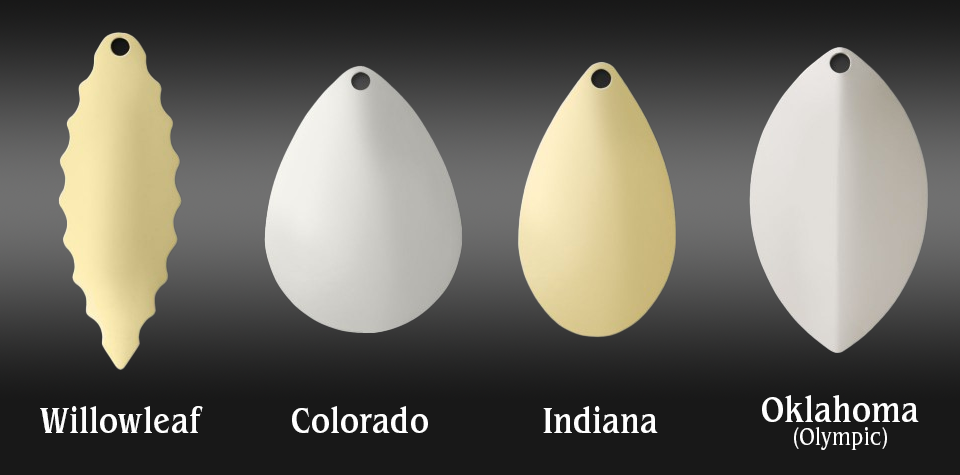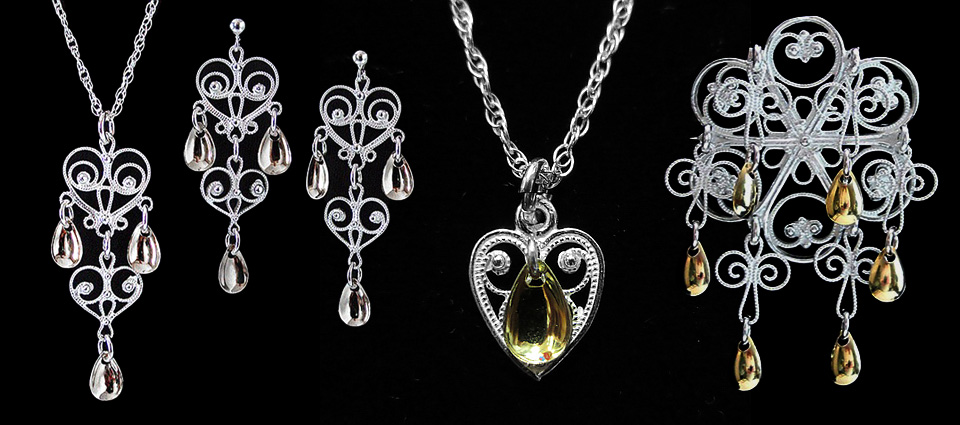The REEL Story on Mermaid Scales
Jan 9th 2020
We don’t need to go fishing to reel in some of the BEST QUALITY scales in the industry!
However, it does beg the question of where did the idea for scale jewelry come from? Well, luckily for us that at Weave Got Maille, we’re students of history and the origin behind some of these fascinating trends of fashion, jewelry, chainmaille, and the like and although it’s a lunker of a story, we’re more than happy to share it!
Jewelry and personal adornment began when time began and man first walked on Earth. The earliest finding of jewelry was dated around 25,000 years ago. This simple necklace made of fish bones was found in a cave in Monaco.
The Neolithic Age, the final division of the Stone Age, began about 12,000 years ago and ended as civilizations started to rise around 3500 BCE.
The Merimde culture was a Neolithic culture in the West Nile Delta in Lower Egypt. This Predynastic Egypt culture evolved between 4800 and 4300 BC. In 1928, a Merimde settlement was found and excavated by archeologists northwest of Cairo .
In their excavation they found spears with a serrated willowleaf tip. By the variety of handles on the spears, it appears they were used for hunting, protection and fishing. Also, in the deepest and oldest level of the settlement were numerous pieces of jewelry and personal adornment. Many incorporated the serrated willowleaf piece made of flint, ostrich eggshells and/or shells of mollusks from the Mediterranean and Red Seas, perforated for use as pendants. These pieces from 4800 BC are remarkably the same as the Willowleaf fishing spinners and many jewelry pendants from 2020 AD.
Of course, their jewelry was not like we make today. However, even then as now, people looked for inspiration and materials from their local surroundings.

The four most prominent fishing spinner blade types include Willowleaf, Colorado, Indiana, and Oklahoma (Olympic blade). Of the four, the Oklahoma, or Olympic as it is sometimes called, is the newest design. It has been around since around 1981. It was designed for heavily pressured waters and predatory fish.
But there is little information on the origins of the three most popular blades in the United States. Affectionally called The Big Three – Willowleaf, Colorado, and Indiana. Most accounts say that in the late 1890s in Indiana, John Hildebrant first hammered out these three shapes that are still used today for fishing. Legend says he started with a silver dime and slowly worked into shapes he liked.
There is no solid proof to this legend but the story fits… IF you only look at the United States. But let’s cast our eye to the coast of Norway and the beautiful traditional Norwegian jewelry called Solje (SOL-ya).

Antique Solje pieces date to 800AD. Centuries ago, they were completely handmade using whatever materials the craftsman had available. Soljes were often a pin, or a type of buckle which would hold a woman’s ribbon. But just as often they were a brooch, necklace or earrings. Designs and styles would vary over the centuries but the traditional look of the Solje could always be seen in the design.
Soljes have elaborate wire working symbolizing life’s many paths. The most notable part of the Solje design is the shiny dangles hanging off them. The dangles were once though to deflect evil away from the wearer, protecting one from trolls and other dangers, especially in times of transition in life’s path. For this reason, a Solje was an appropriate gift for babies, girlfriends, and brides.
Notice the shape of the dangles on these antique Soljes. They were made in a fishing community of Norway several hundred years ago. Yet, remember, the craftsman used materials that were available to them. So, did they use metals to hammer out this shape that looks remarkably like the Colorado spinner blades? Or did they just use spinner blades from the local fisherman?
Leaving us to question what came first, but also allowing us the opportunity to pay respect to an evolution of time, purpose, quality, and beauty. So although our goal is to still catch the eye of would-be admirers, the only hook we need to set is in the minds and hearts of our loyal customers. We hope enjoyed this history lesson and can appreciate the depth of culture and respect that goes into every scale we produce.
